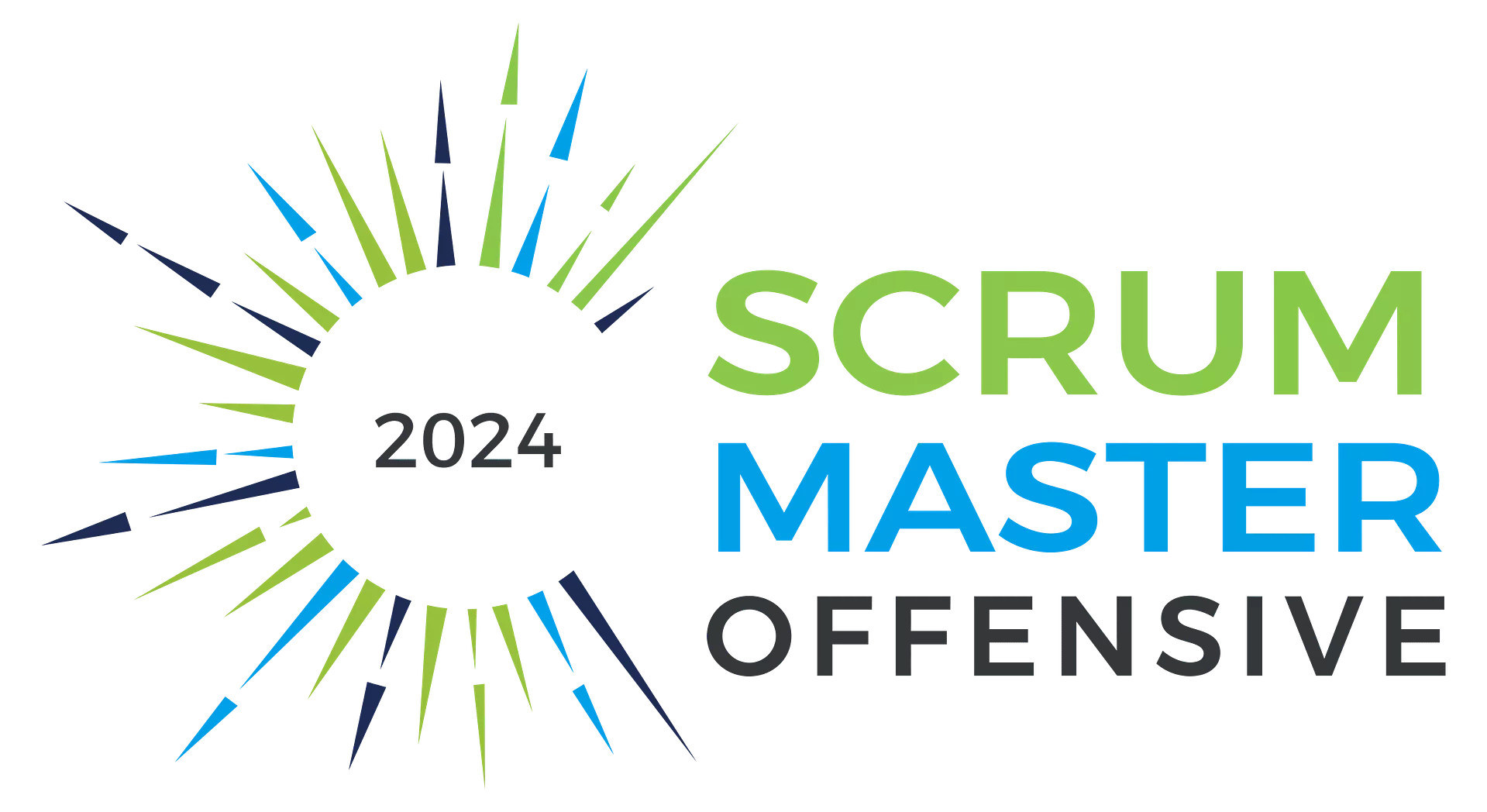A few years ago I introduced the New Year’s Eve retrospective in my family. It’s a lot of fun and helps to bridge the time until midnight (if you have kids, you know what I’m talking about). And it works like this. In the beginning, all of us are sitting in front of our TV and go through all the pictures and videos of last year. I usually create a special album for this, so that we can skip all of the crappy stuff, that was created. This phase always involves lots of laughter and is a lot of fun. After we had revisited the last year, it is time to look at the things we decided to do in our last New Year’s Eve retrospective. But we not only check, if we executed all of the tasks, we also check, if they had the impact we hoped for. If there was no impact or at least not the impact we thought it will have, we put the topic on our agenda. Subsequently, we collect all the stuff that we remember from the (still) current year by using the following categories:
– What was the most fun this year?
– What did I hate or bugged me this year?
– Thank you
In the first category, we put all the stuff we loved or was a lot of fun, e.g. the family vacation in a Kirgiz yurt. The second category will be filled with all adverse events, like annoying parents or socks, which are lying everywhere. The best part is the third one. It is about saying thank you to someone in our family. Thank you to your wife or mum, thank you to your kids, etc., always connected to something concrete. It can be anything from always preparing the brown bags in the morning or helping with homework. Finally, all of us are saying a few words about their topics. In a next step, we generate some insights into the topic we brought up. Every family member chooses a topic he or she finds especially important and wants to talk about. Then we dive into the topic using the 5 Whys. With this technique, you start with the question: “Why did x happen or why does x continually happen? The answer is food for the next why question. Repeated this, until you find the root cause. This root cause is written on a piece of paper and will be used in the next phase. This method is already about 100 years old and was invented by Sakichi Toyoda, the founder of Toyota. He used this method, to dig into production problems to find solutions that will avoid them to recur. Now it’s time to talk about concrete, measurable resolutions for the next year, based on the findings of the previous phase. Therefore, we do a brainstorming on each topic to generate some ideas. Kids are magnificent in brainstorming, especially for stuff that is on the parent’s mind. They are great in thinking outside of the box. Again, everybody explains his ideas, before we do a dot voting on the ideas to select the ones we want to try in the next year. Additionally, we add a hypothesis to each of these ideas, that defines the impact we would like to see as a result. All selected tasks get a prominent place in our house: on the family board in the main hall so that everybody can see them. There is nothing worse, as tasks that are not visible. If nobody can see them, nobody will work on them or adhere to them. Of course there will be a worthy closure of our New Year’s Eve retrospective: In this case it is quite simple, it’s the fireworks at midnight.

